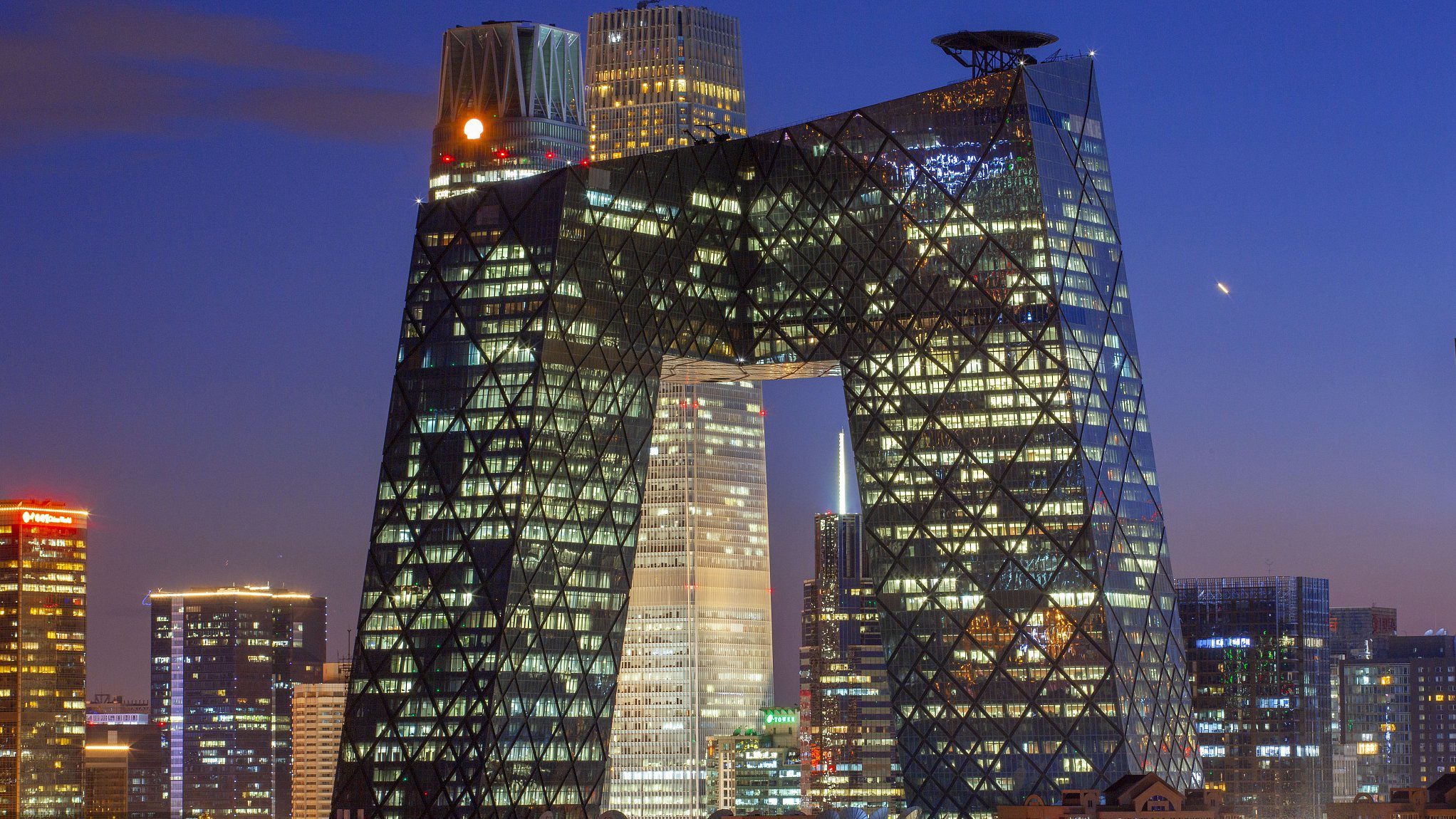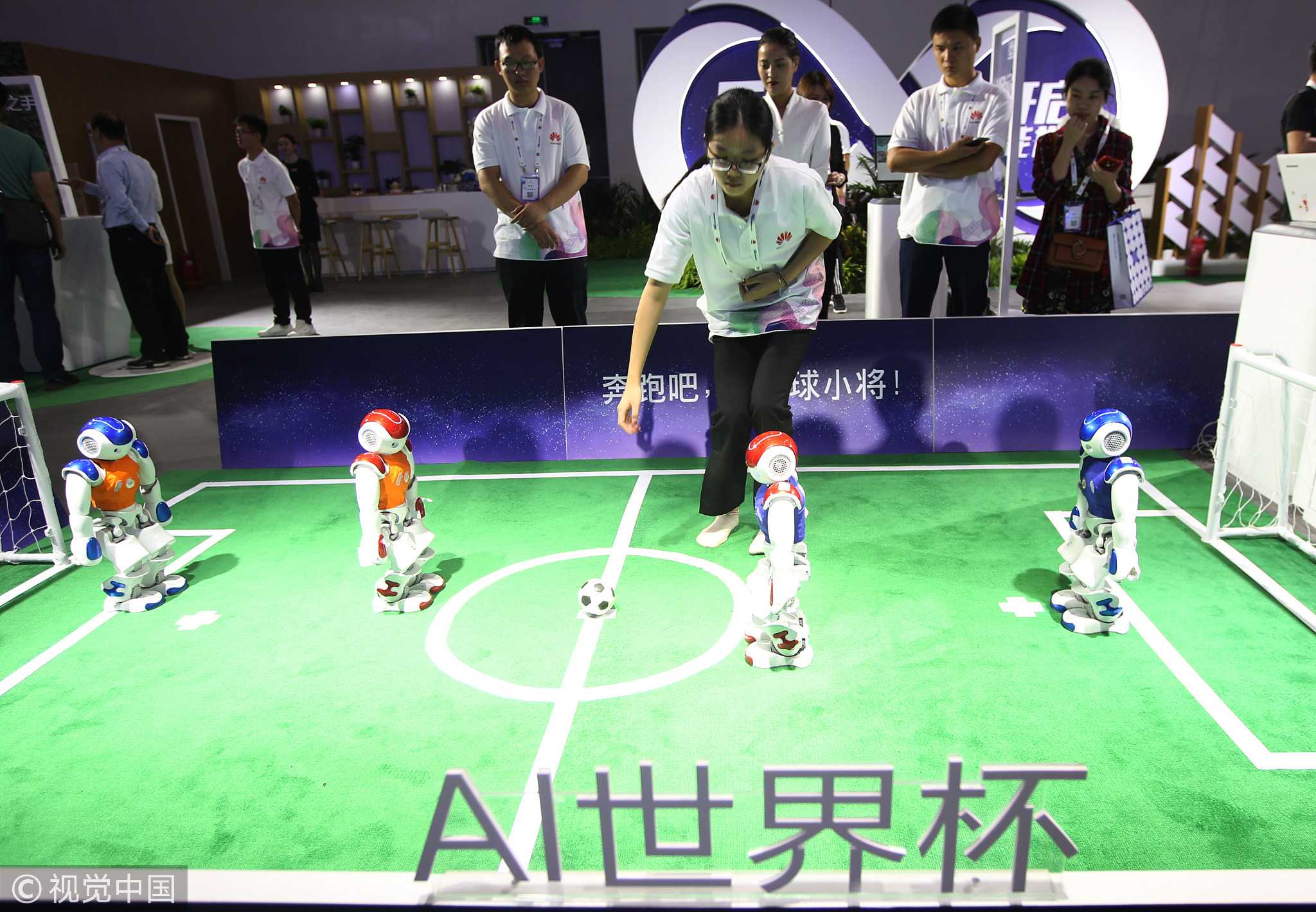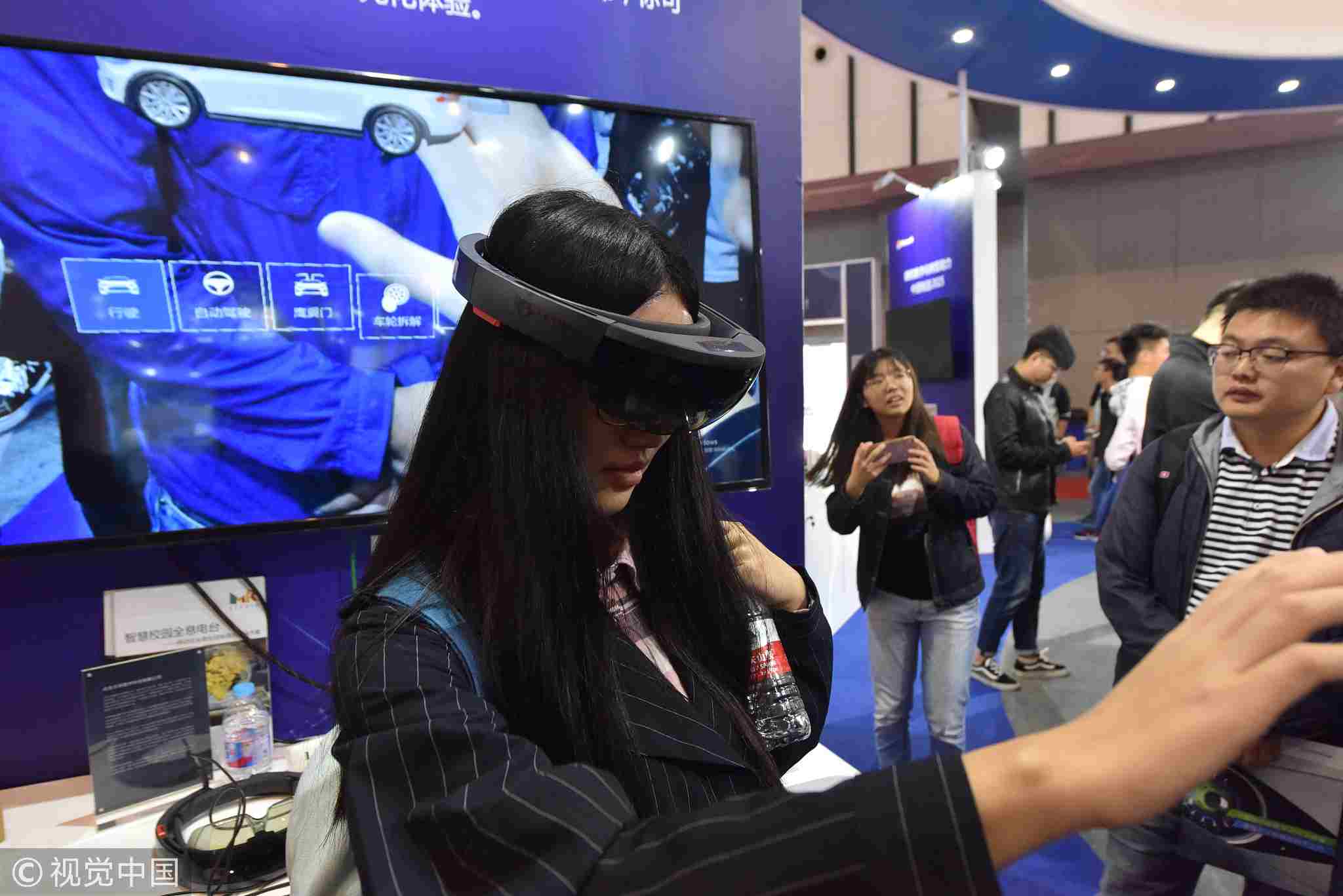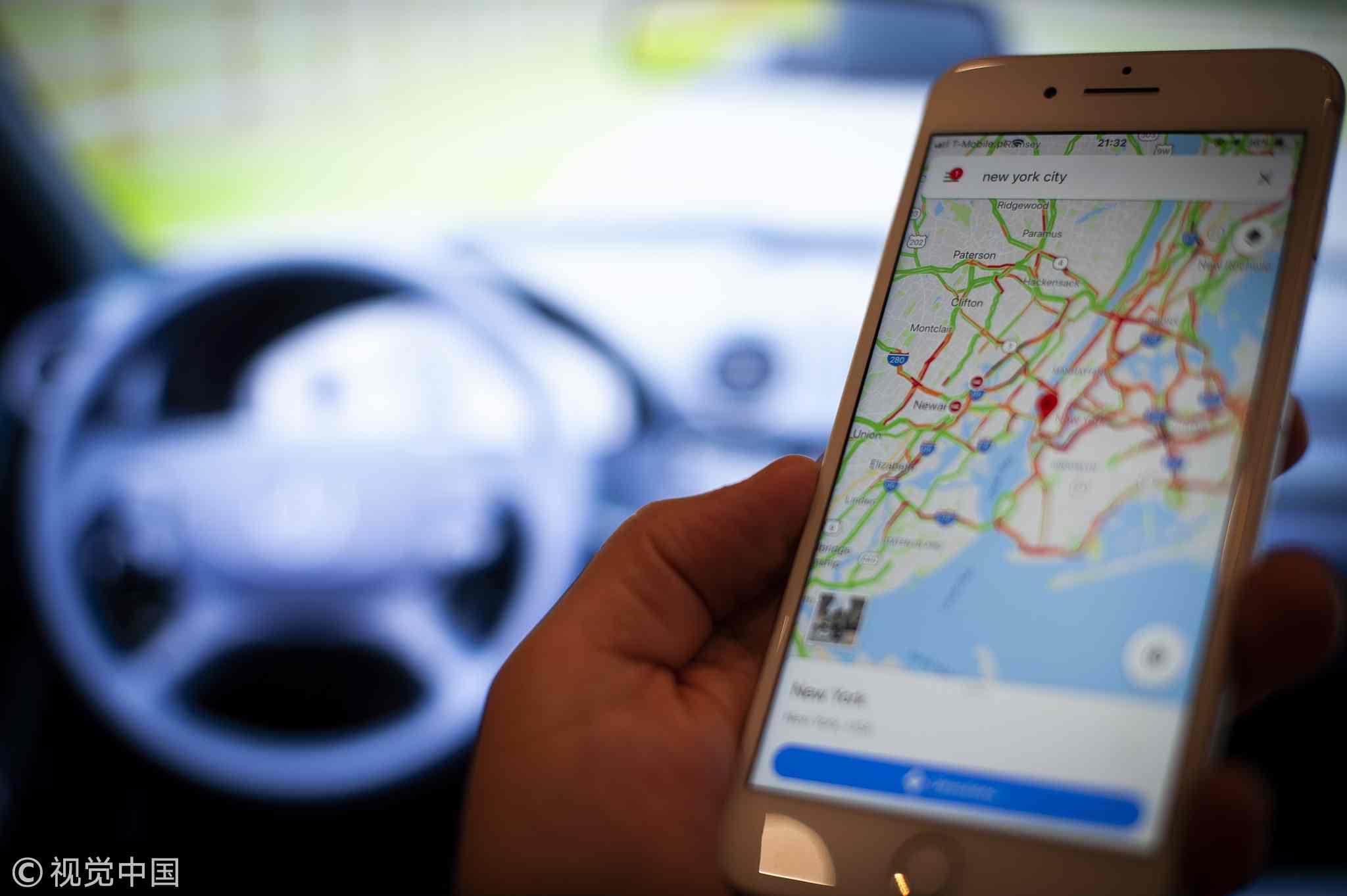
Opinions
09:58, 16-Oct-2018
Opinion: Media will be artificial – but how intelligent?
Updated
09:14, 19-Oct-2018
John Lee

Editor's note: John Lee is a professor at the University of Edinburgh. The article reflects the author's opinion, and not necessarily the views of CGTN.
The second CGTN Global Media Summit kicked off in Chongqing on October 16 with the theme of "Opening and Connecting the World," on which Artificial Intelligence (AI) and media are hot topics.
These days, we are constantly told that everything is going to be transformed by the application of AI. Self-driving vehicles are at one end of the discussion, but at the other, we have all kinds of administrative, legal and perhaps even creative work. What does this really mean, and how might it affect the media?
Looking a little below the surface, what we usually find is that “artificial intelligence” means some form of machine learning. This is a type of technique that depends on taking large amounts of data collected from real situations and using large amounts of computing power to find patterns and trends within the data.
Systems can be “trained” to classify data very accurately and build models that can then be populated with new data to govern behavior that can range from steering a car to generating a document.

The combination of big data analysis and AI, four intelligent robots played football in the “5G Experience Park” of Huawei booth, September 26, 2018. /VCG Photo.
The combination of big data analysis and AI, four intelligent robots played football in the “5G Experience Park” of Huawei booth, September 26, 2018. /VCG Photo.
In the media space, we see emerging applications of these techniques to reduce the time needed for many routine tasks, for instance, in assisting news discovery. Recent work at Stanford University is aimed at helping film editors by automatically classifying clips, reducing a large amount of time otherwise spent simply reviewing the raw material.
Systems like this will surely become pervasive and will have extensive effects in making many media processes far more efficient, and significantly cheaper.
But what about going further? If processes can be assisted, often they can be entirely automated. There are already media examples, such as the automated generation of news reports from financial or sporting data. How far could this go?
Machine learning systems are very good at classification and pattern detection, even if little is known about the data to start with. Algorithmic systems are also good at sequencing together or rearranging elements with known properties to achieve explicit goals.
Taken together, these capabilities are transforming many industries. Products can be specified, manufactured, packaged and delivered sometimes without human intervention.
Generally, these developments depend on standardization in the preparation and presentation of many of the component elements. Standardization is a process that is often underway even before automation is considered, leading to opportunities for automation, which then drive further standardization. This kind of feedback loop is part of the reason why these developments can be so rapid and transformative.
In the media, we can already see processes of standardization happening. Whether in news or entertainment, common formats emerge and are re-used, recognizable patterns recur across channels, time and effort are saved, syndication is facilitated.
At high editorial levels as well as lower technical levels, similar tendencies are evident. This means that automation is increasingly feasible, and the more it is adopted, the easier it will become.

The 2018 International Service Robot Industry Summit Forum kicked off at Jinling Hotel in Nanjing, October 11, 2018. /VCG Photo.
The 2018 International Service Robot Industry Summit Forum kicked off at Jinling Hotel in Nanjing, October 11, 2018. /VCG Photo.
In principle, this can go a very long way. Machine learning makes accessible patterns and structures that were previously hidden, which can often then be reproduced efficiently. Many of the practices inherent in media production are, on this basis, quite repetitive and could be automated, much like the production of cars or other manufactured items. Products that we often think of as “creative” can also be susceptible to this kind of treatment.
Work in AI has had some success in generating plausible works of fiction, music, journalism, product, and building design, among others. It's possible to imagine TV documentaries, crime dramas, many kinds of news output, being produced almost entirely automatically. This will not happen tomorrow, but certainly in the foreseeable future.
Costs of media production can thus be dramatically cut. But there may be a cost of a different kind. We have seen that automation goes hand in hand with standardization, at many levels; but standardization is the enemy of innovation and creativity. The price of automation may be output that is more bland, homogeneous and convergent on similar solutions.
“Artificial intelligence” is really something of a misnomer. The processes of machine learning are quite simple, just done on a very large scale. Intelligence is not required to assemble the analyzed parts into pre-prepared templates, derived from large numbers of existing examples.

A mobile phone with the Google Maps application, September 18, 2018. /VCG Photo.
A mobile phone with the Google Maps application, September 18, 2018. /VCG Photo.
Ironically, AI has actually, in a certain sense, removed intelligence from the process. Perhaps a further irony, then, is that a role for intelligence remains, outside this system: to critique, change, disrupt – to inject innovation and genuine creativity. To recognize or create the truly unexpected remains beyond the powers of an artificial system.
Media products will be artificial; the question is whether they will be intelligent. The challenge for the media is to protect and maintain the creative role. And this challenge cannot be left for later.
As the processes of standardization and automation feed each other, they will squeeze out the scope for revision and adaptation of the structures they develop. Change and redesign become progressively more difficult unless it is protected and built in from the start.
As AI becomes more pervasive in media production, the definition of ontologies and construction of systems needs to make explicit allowance for reworking, renegotiation, in response to creative ideas and directions that cannot be anticipated.
(If you want to contribute and have special expertise, please contact us at opinions@cgtn.com.)

SITEMAP
Copyright © 2018 CGTN. Beijing ICP prepared NO.16065310-3
Copyright © 2018 CGTN. Beijing ICP prepared NO.16065310-3